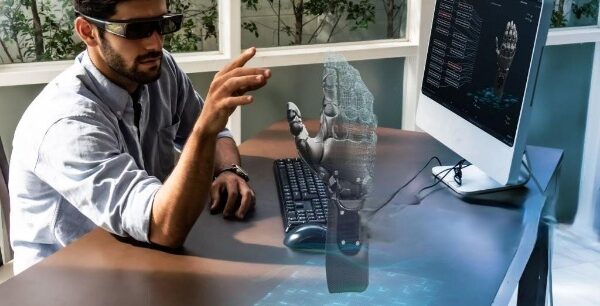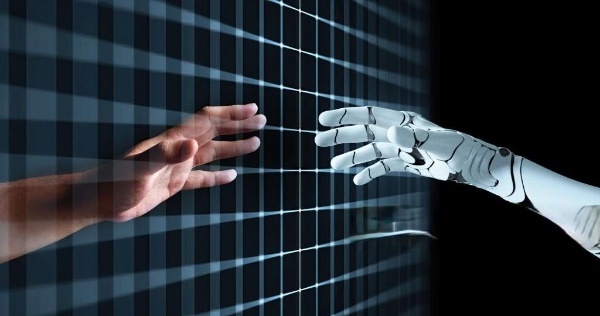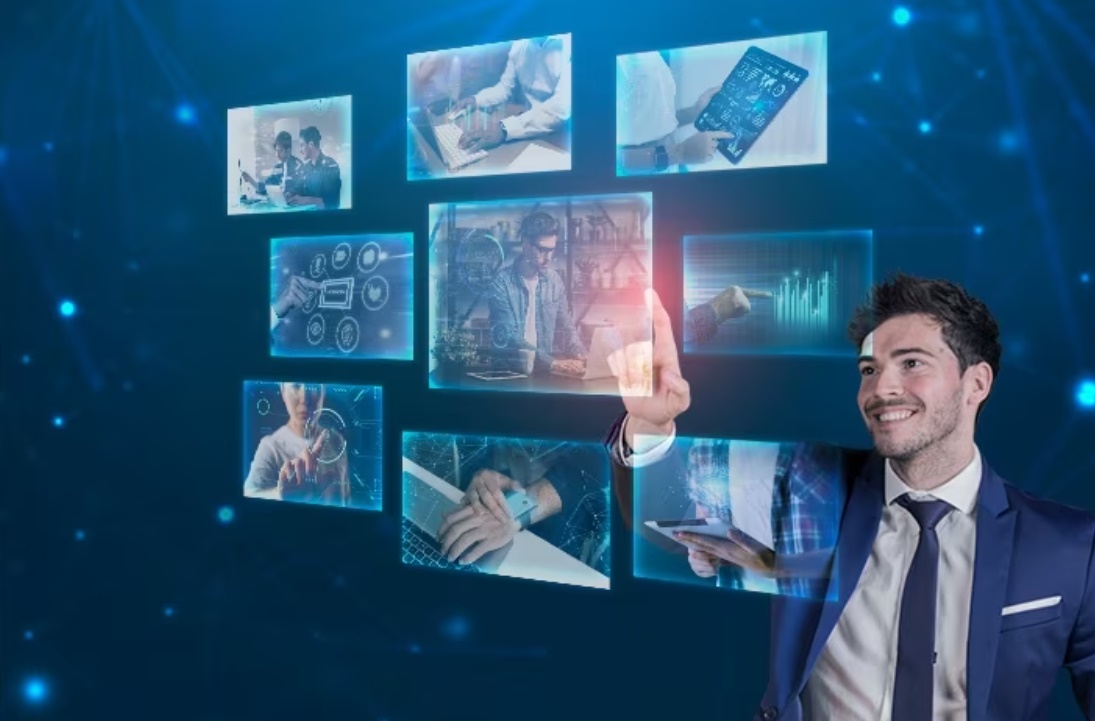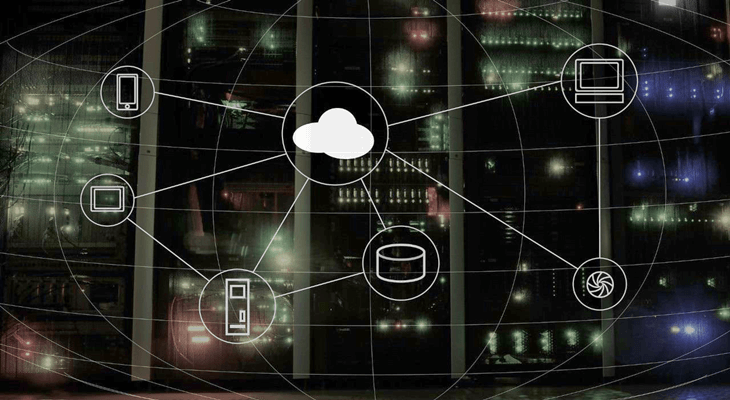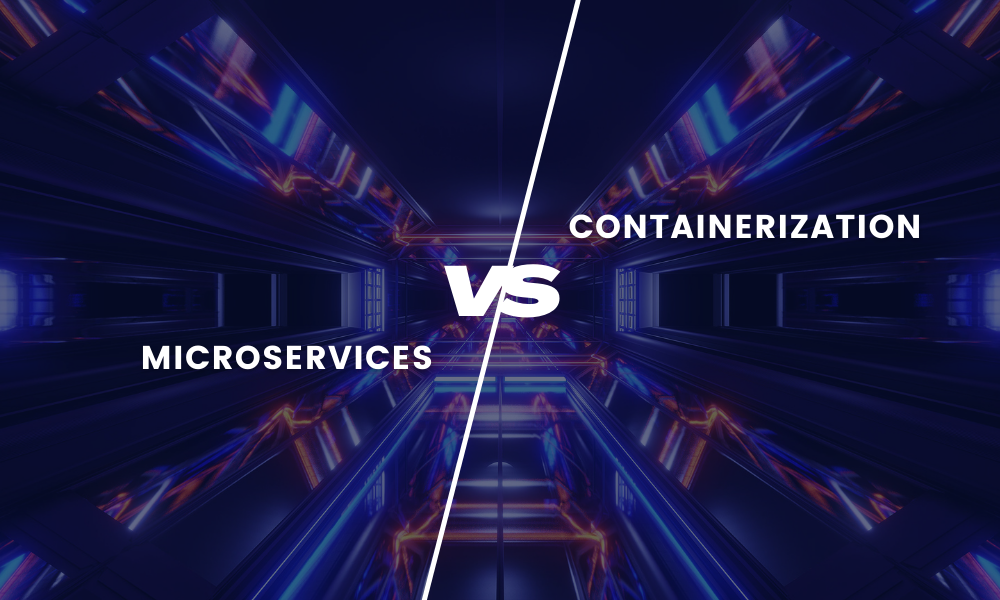The gradual progression in product design and prototyping methods resulted in the emergence of digital twin technology. Initially developed for space application, the ML-enabled mechanism has revolutionized sectors such as healthcare, architecture, manufacturing, automotive, and others.
Data states that over 29% of global manufacturing companies have partly or wholly adopted digital twin practices, considering their advantages. In this blog, we shall highlight the technology of digital twins alongside its types, advantages, examples, and how it works.
What Is Digital Twin Technology?
Digital twins suggest the process of creating a digital replica of a physical entity. For its purpose, the technology leverages machine learning abilities to collect and analyze real-time data to track particular behavior as well as features of an object to create its virtual model.
One of the digital twin technology examples is a smart city prototype. It digitally reflects everything a smart city should have. It is often compared with the simulation process; however, both have different approaches. Simulation integrates predefined data to present digital reflections of an object. On the other hand, digital twins utilize real-time data to replicate an object.
There are four broad types of digital twin mechanisms: component or parts twins, asset twins, system or unit twins, and process twins. Such types can be complex as they rely on complicated live data of objects, which can contain numerical and formula-based details.
How Does Digital Twin Technology Work?
The digital twin mechanism designs a virtual reflection of a physical object by integrating several other technologies, such as Machine Learning (ML), Artificial Intelligence (AI), and the Internet of Things (IoT). With the usage of such tactics, digital twins create smart sensors that generate data on an object to identify its features, traits, and behavior.
ML, AI, and IoT assist in continuously assessing real-time data and implementing it to formulate flawless digital replication. These technologies apply several algorithms and statistical models to read data and track behavior. These further allow digital twins to attain cognitive abilities.
Advantages Of Digital Twin Technology:
Better virtual monitoring: The digital twin mechanism constructs digital prototypes of physical objects; hence, it can be assessed and monitored virtually. As the digital models have all the features and behaviors, they can be monitored without possessing the physical version as well. It not only reduces the carrying cost of an object but also simplifies the assessment work with proficiency.
Enhanced product/object efficiency: The digital twin technology helps analyze physical entities digitally with all their features. Therefore, it offers opportunities to identify shortcomings and weaknesses. Based on this analysis, gradual improvements can be made to enhance the efficiency of the products, objects, or anything else.
Predictive analysis: Digital twins can allow people to formulate models of an entire product, building, and even a city. Hence, articulating its advantages, disadvantages, and other elements becomes easier based on which its performance can be predicted. Furthermore, areas for development can also be identified comfortably.
Which Industry is Best to Use Digital Twin Technology?
The usage of digital twin technology can be observed in various sectors, including automotive, construction, healthcare, and others. Among such implementations, the digital twin mechanism in construction is significant.
Prototyping or creating blueprints is a common practice in the construction business. This helps people get an overall idea of what an apartment, building, and even a town will look like. To fulfill these requirements, construction experts like civil engineers highly adopt the digital twin mechanism.
Additionally, digital twin technology in healthcare has also received prominence lately. The mechanism is leveraged for multiple purposes in this sector, including creating digital models of human bodies, organs, medical equipment, lab essentials, and an entire hospital. It aids in improving healthcare facilities.
Wrapping Up!
The remarkable growth in the digital twin mechanism has contributed to continuous research and gradual development in this area. While commenting on the future of this technology, it is obvious that companies will surely integrate it for greater efficiency and better improvements.
However, there are also certain limitations to digital twin technology. It relies highly on data, so if there is inaccurate data, the behavior of the digital model can differ from the actual object and, hence, can mislead the users. Check out our blogs to stay informed about the latest tech trends in the commercial realm.
Read More: https://www.knowledgenile.com/blogs/what-are-some-of-the-application-of-digital-twin-technology

